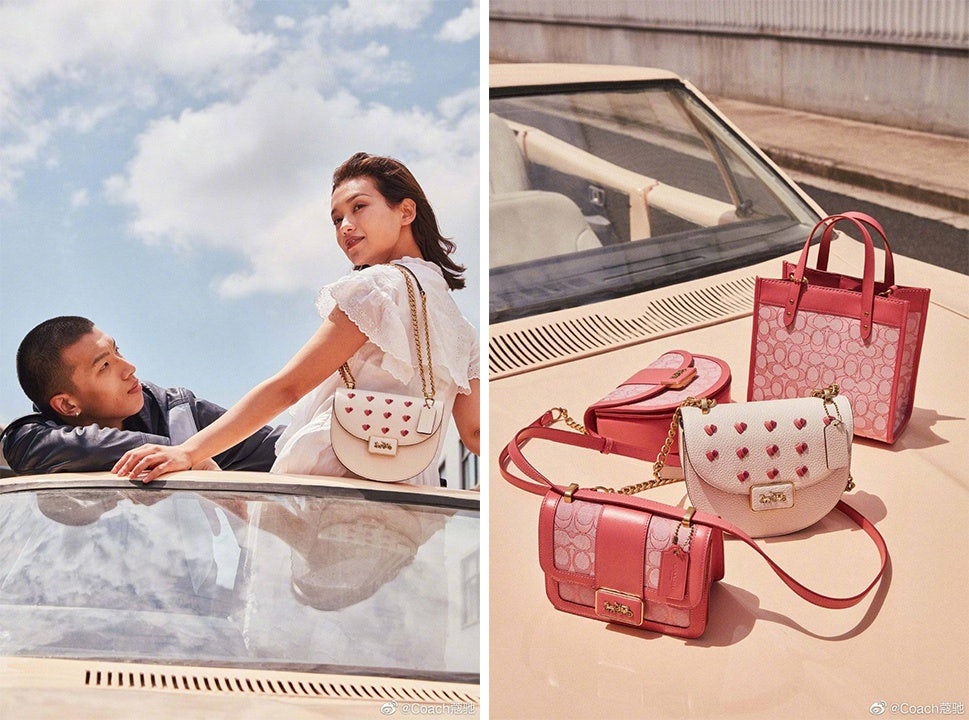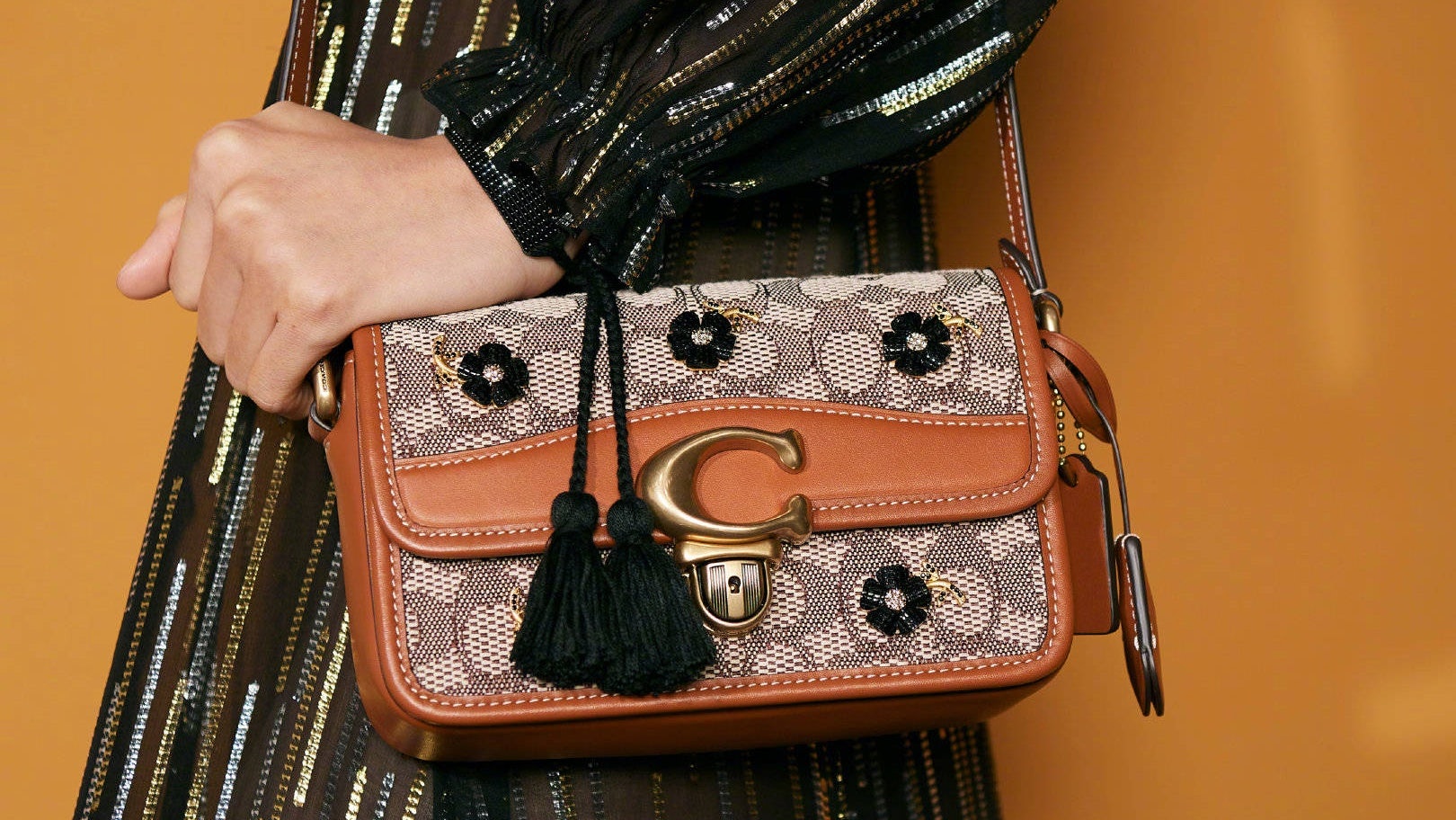Key Takeaways:#
In 2019, the value of the global affordable luxury market ballooned to 137.8 billion.
Coach and Longchamp are two companies that are well-positioned to navigate the changes in the Chinese market.
Casual wear and fast-fashion disruptors are improving their value proposition to become rivals of affordable luxury brands.
The affordable luxury market showed impressive potential in China over the past few years. But market experts question the future of this sector in the post-COVID-19 era. Considering the growth of China's market sophistication and the impact of the pandemic on affordable luxury, their concerns might be valid.
In 2019, the global affordable luxury market was valued at 137.8 billion, according to a report shared by Research and Markets. And, in the past decade, China’s growing middle class has become one of the major forces behind that market's development. Nevertheless, the pandemic and China's economic woes might create significant challenges that could soon undermine growth and development.
Undoubtedly, some “affordable luxury” brands like Longchamp and Coach have performed exceptionally well in China. And competitors like Michael Kors, Kate Spade, and Tory Burch are also gaining traction. However, it is also true that the COVID-19 pandemic, rising youth unemployment, and ballooning household debt have accelerated China’s entry into a mature luxury consumption era. Therefore, instead of buying trendy seasonal apparel items, some consumers are now looking to trade up and buy “investment pieces.”
So is this sector dead in the Middle Kingdom? We are unlikely to uncover a definitive answer, but there are good arguments on both sides. Let’s take a look at them.
Factors behind the strengthening of the sector:#
China’s economic outlook#
According to a Pew Research Center analysis, 10 million people (out of the 504 million) may have fallen out of China's middle-income tier during the pandemic. It is highly unlikely that these consumers have significantly impacted luxury consumption in China. However, it is also true that the fear and emotional strain associated with financial distress can put the brakes on overall consumption.
As pricy luxury goods became even more out of reach for average consumers, shoppers have turned to more affordable options. We have seen this trend in full display with the rise of the luxury resale market. Accordingly, an affordable luxury comeback shouldn’t be considered a far-fetched idea.
Young professionals obsessed with mianzi 面子 (save face) and guanxi 关系 (building connections) believe luxury goods can help them achieve social recognition and status. But despite this peer pressure, shoppers can no longer afford traditional luxury items, so they have been forced to turn to affordable luxury.
Luxury brands have hiked their prices#
Hiking prices during the global pandemic — after jobs had been wiped out and millions of consumers were struggling to make ends meet — was a questionable strategy, pushing more consumers toward affordable luxury.
Nowadays, most luxury brands sell dreams, exclusivity, and prestige rather than craftsmanship, heritage, and artisanal skills. As such, there is little difference between a pair of luxury Chanel sneakers and a well-done fast-fashion copy of them. Since luxury brands no longer create physical value, many of them cannot justify their price premiums.
Meanwhile, mid-market retailers have come a long way in the past few years. They have improved their quality and efficiency, extended product lines and mixes, and transformed customers into brand evangelists via targeted marketing campaigns.
Take, for example, Coach and Longchamp — two premium brands well-positioned to navigate the changes in the Chinese market. Not coincidentally, both brands directly won over Chinese middle-class consumers with their winning social media marketing strategies.

Factors that could kill the industry:#
The consumer shift from buying luxury products to chasing experiences#
The pandemic has exposed the fragility of life, fueling a new YOLO economy. Burned-out young consumers are giving up their stable jobs for “low-desire lives,” embracing the resistance movement known as “lying flat.”
Many consumers have replaced the rat race with a simpler life, abandoning materialism and consumerism. This trend impacts consumption because shoppers are deciding to ignore their shopping impulses and break out of the conspicuous consumption trap.
Casual wear and fast-fashion disruptors are improving their value proposition#
Japanese fast-fashion retailer UNIQLO is capturing the hearts of Chinese consumers with its product offering and winning marketing strategy. The Japanese brand extended its product line to include higher-quality clothing items that are both timeless and affordable. This strategy is positioning Uniqlo as a rival to many affordable luxury brands.
Yet, the future of affordable luxury is still promising in China. Soon, luxury conglomerates LVMH and Kering might have to pursue more aggressive strategies in this direction if they want to maintain control of the highly lucrative luxury markets in China and India. As such, this move could eventually lead to corporate acquisitions and hostile takeover bids of privately-owned brands like Longchamp.

